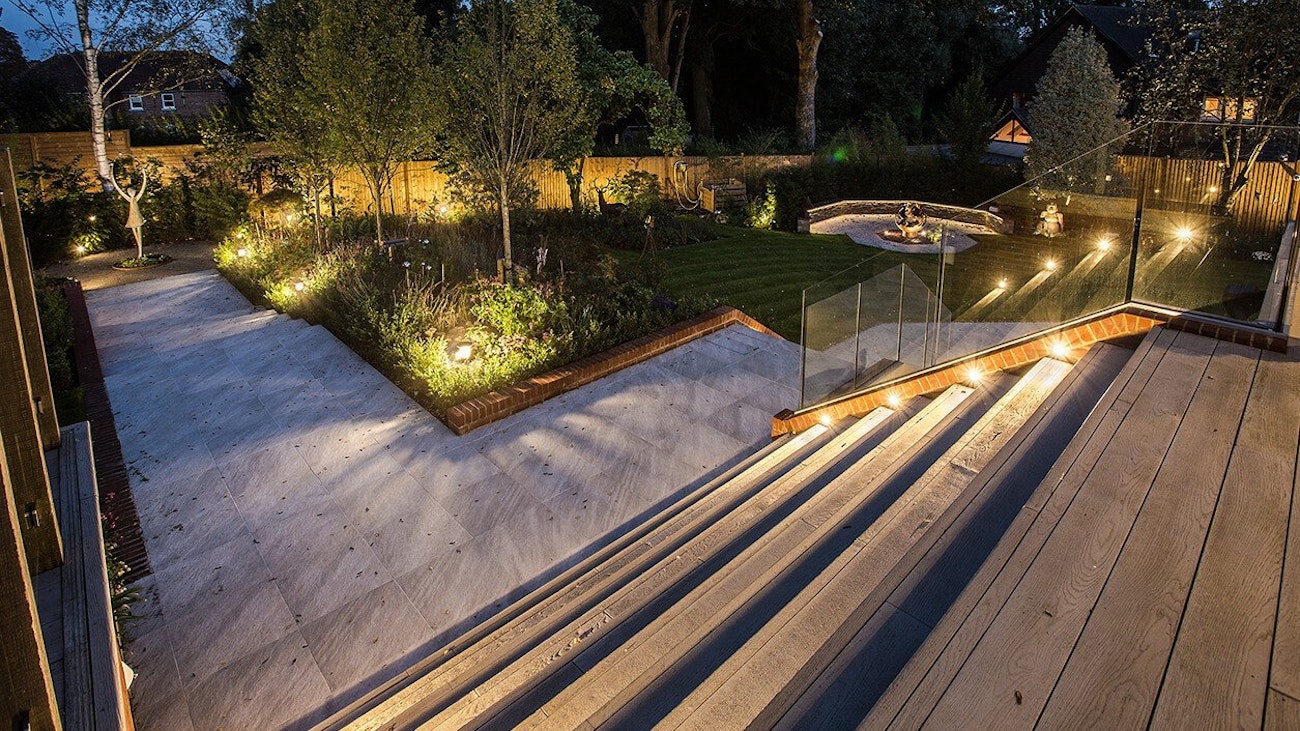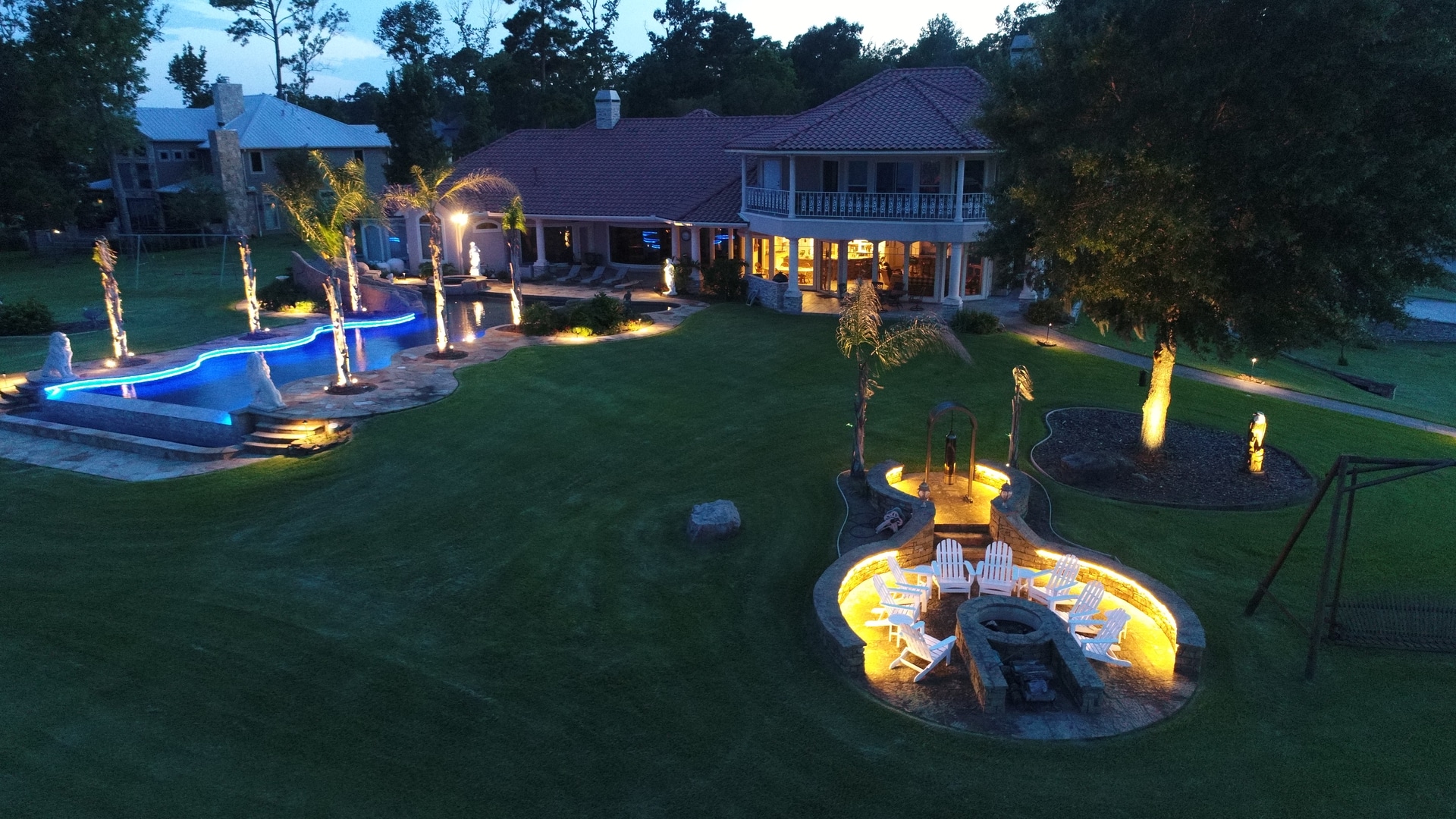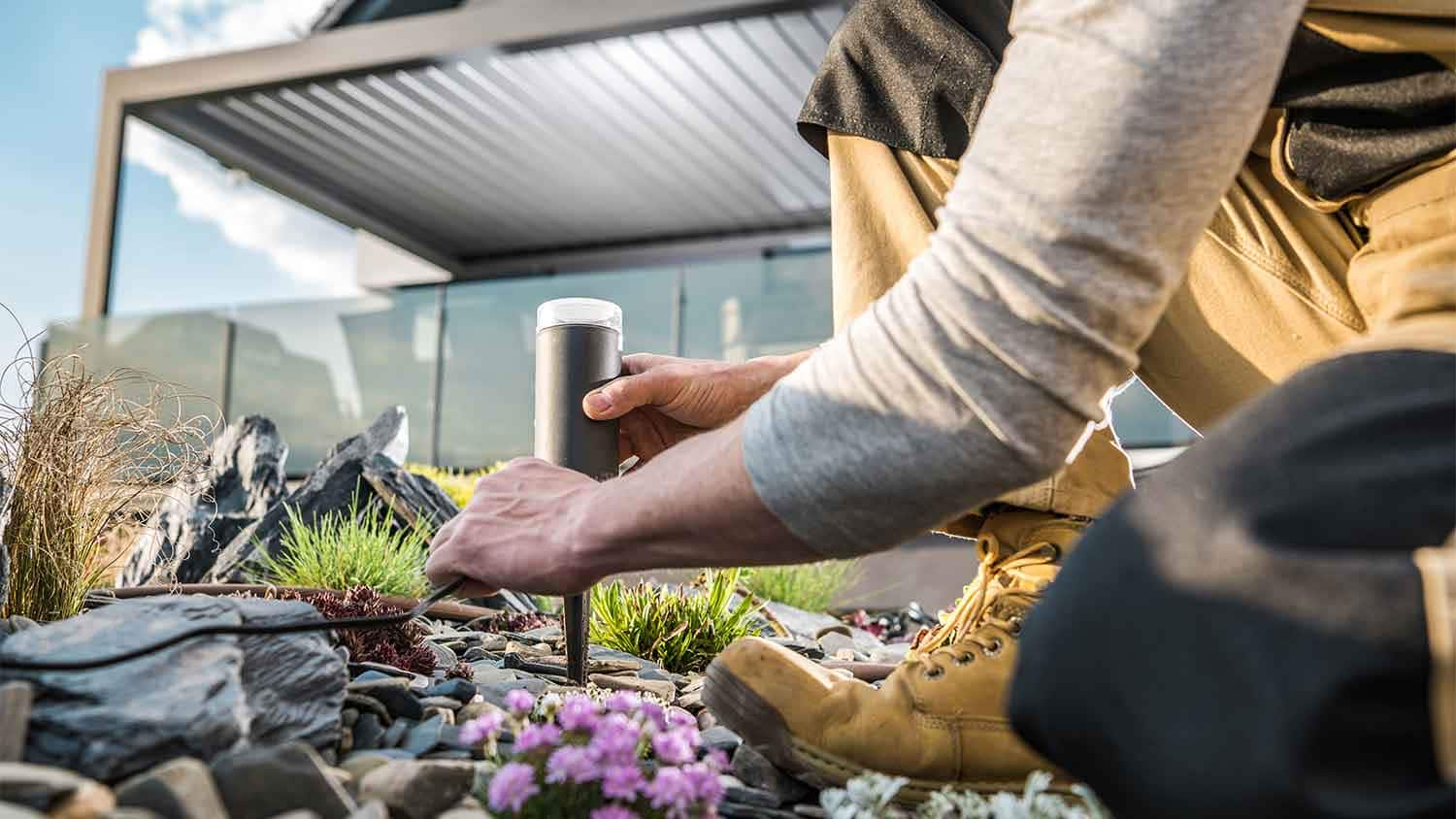Your home’s outdoor landscape provides a wealth of possibilities for adding beauty and functionality to your home. One of the most effective ways to make your outdoor space truly stand out is by incorporating an Outdoor Lighting Setup into your landscape design.
Outdoor lighting can create ambiance, highlight features, and provide additional security for your property. In this article, we will discuss how to elevate your landscape with an Outdoor Lighting Setup and explore the various options available for achieving this goal.
1. Determine Your Purpose

The first step in order to elevate your landscape with outdoor lighting is to determine what purpose you want the lights to serve. Do you want to highlight certain features of your landscape, create a more inviting atmosphere for outdoor entertaining, or increase the security of your property? The purpose could also be creating ambiance with moonlighting effects or creating a path for people to walk safely after dark. Knowing what you want the lights to accomplish will help you decide on the type of lighting that best meets your needs.
2. Evaluate Your Options

Once you have established the purpose of your outdoor lighting, it’s time to evaluate your options. There are various types of outdoor lighting available, each with its own set of benefits and drawbacks.
Common types of outdoor lighting available for landscape projects include:
- Path lighting – This outdoor lighting is ideal for illuminating walkways and providing additional security at night. They comprise individual lights placed along the path and are typically wired into a main power source.
- Spotlights – Spotlights are perfect for highlighting focal points such as water features or statues. They are mounted onto the ground and come in various styles and colors.
- Wall lights – Wall lights are great for adding a decorative touch to your home’s exterior and providing additional lighting around patios and decks.
- String lights – String lights are always an excellent option for a fun and festive touch. They can be hung around trees, along fences, and even wrapped around porch columns.
- LED lights – LED lights are becoming increasingly popular due to their energy efficiency and durability. They use less power than traditional bulbs and come in various colors.
3. Draw a plan

Once you have decided on the type of lighting you want to use, it’s time to draw a plan. This will help ensure that your outdoor lighting is installed correctly and positioned in the right places. When drawing your plan, consider factors such as the layout of your property, any obstructions in the area, and any safety or electrical considerations. It is also essential to ensure that you have the right tools and materials for the job, such as a voltage tester, drill, and the necessary wiring.
But if you think this will be too much work for you, you can always contact a professional who is experienced in outdoor lighting installation. You can work with them to plan and install the lights according to your vision.
4. Consider the Placement

In order to elevate your landscape with outdoor lighting, you need to determine where each light should be placed. This will depend on the purpose of the light and the type of effect you are trying to create. Path lighting should be placed evenly along the path to provide an even illumination level. Spotlights should be placed where you want to highlight particular features, such as water fountains or statues. And wall lights should be placed at the entranceways of your home and around patios and decks.
String lights, however, should be hung in areas where you want to create a festive atmosphere. Finally, LED lights can be used in a variety of ways, such as outlining pathways or steps. Finally, always make sure that the lights are in a safe location and won’t be affected by precipitation or wind.
5. Install the Lights

Once you have chosen the type, placement, and plan of your outdoor lighting, it’s time to install them. This part will require some technical know-how and the right tools, so if you are uncomfortable doing it yourself, consider hiring a professional.
To begin, you will need to connect the lights to a power source. Then, you will need to install the lights according to your plan, ensuring each light is firmly secured and in the right position. Finally, make sure to test the lights before you turn them on. This will ensure that they are installed correctly and working properly.
Conclusion
In conclusion, with the right planning and installation, you can elevate your landscape with outdoor lighting and add a touch of sophistication to your home. It is a relatively simple process but requires careful consideration and planning. With the right outdoor lighting, your property will be transformed into a beautiful and inviting space. So start planning and installing today!
